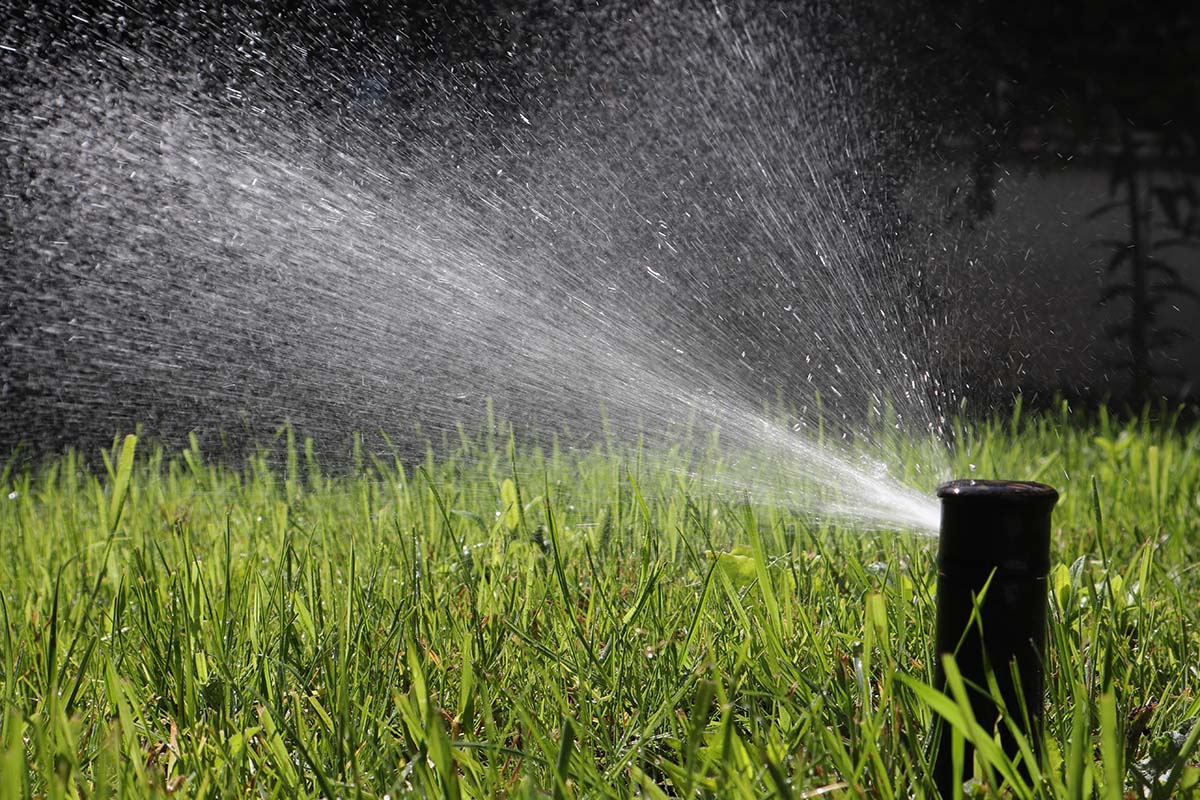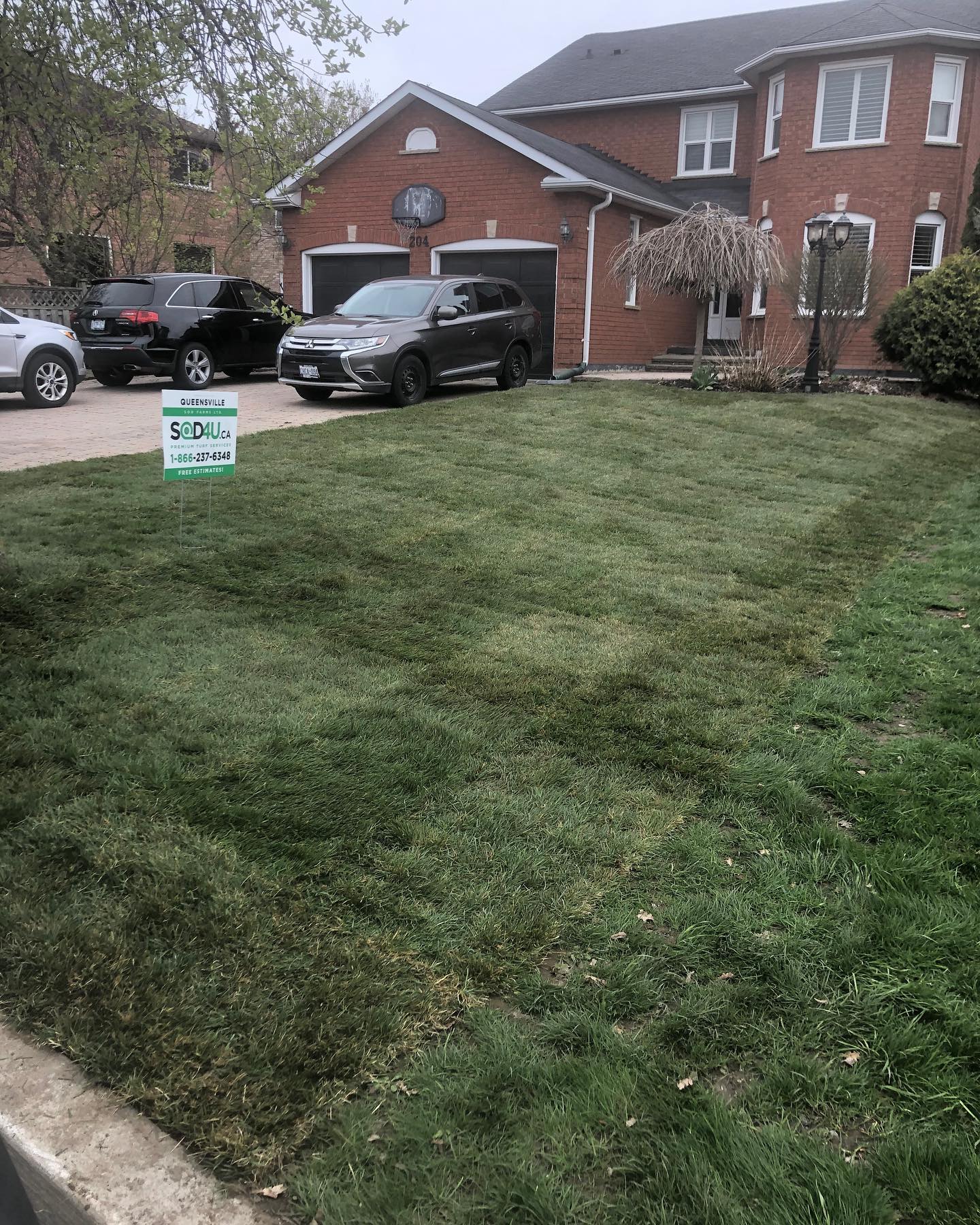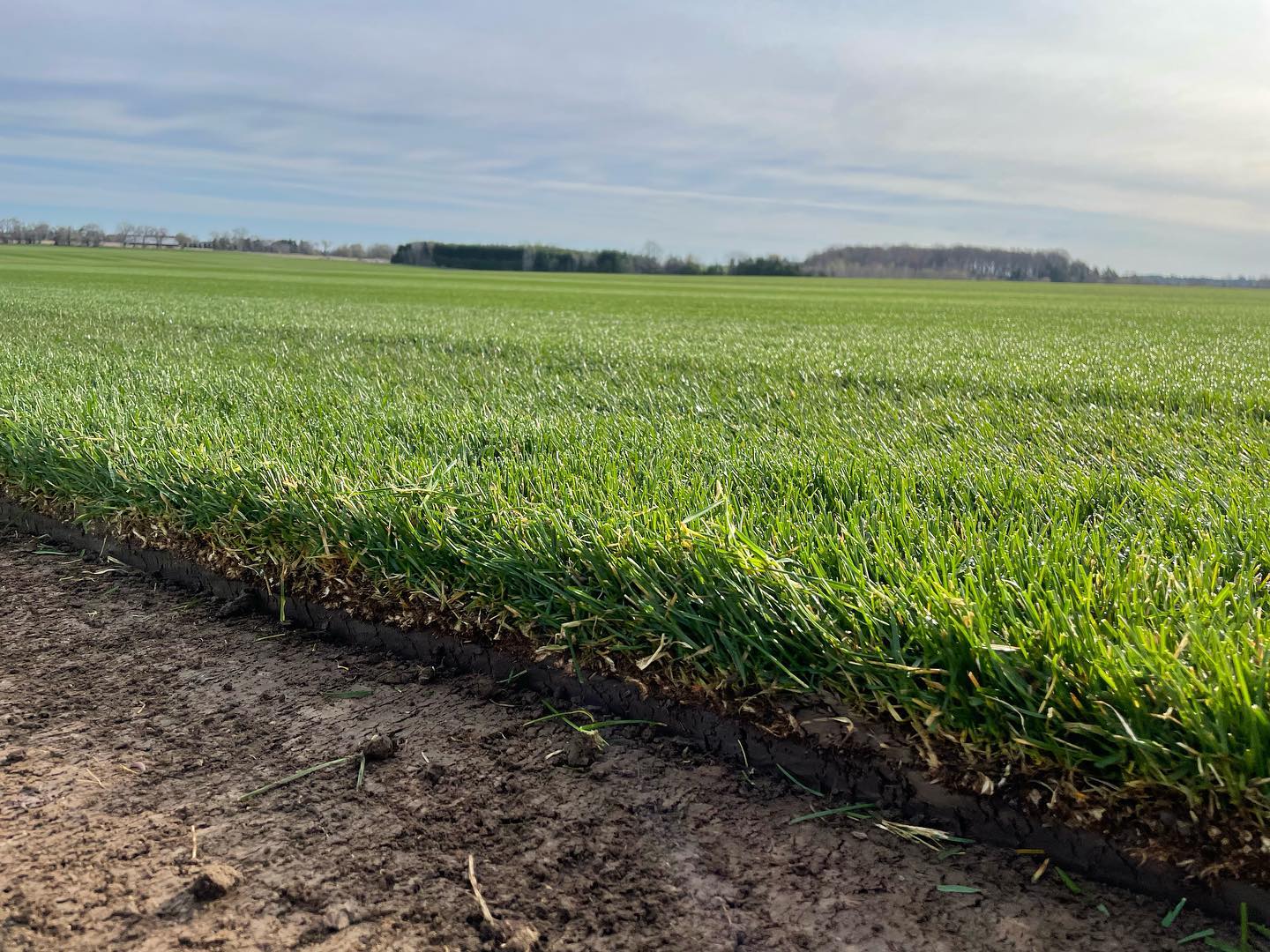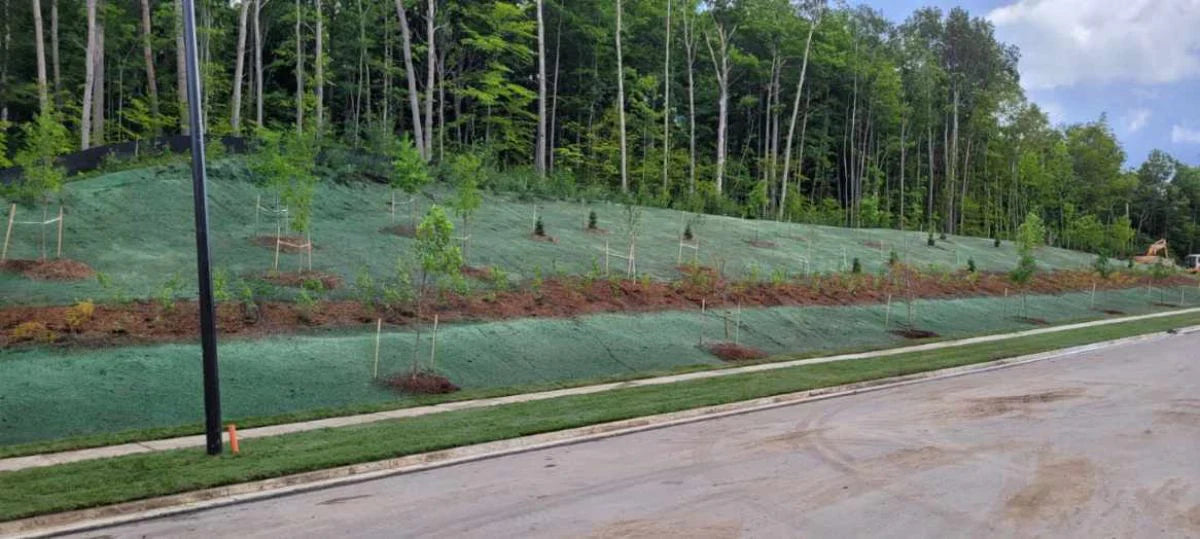Typically, Ontario summers are free of long droughts and dry periods. However, droughts have recently become more frequent as water demand in the province has increased. Last year, southern Ontario and the York Region saw significantly less rain, with certain areas entering droughts. Even in less dry conditions, the extreme heat of Ontario summers causes water to evaporate more quickly and dry out your lawn. Sod can survive intermittent periods of drought, but without enough water it can go dormant or even die. We’ll provide you with the essential measures you can take to ensure sod survival and protect it against drought.
Watering in the Dark
If your community hasn’t banned watering your lawn due to low water restrictions, watering your sod is simply the best measure to ensure its survival through periods of drought and intense heat. Never water during the day. The sun will evaporate most of the water before it can be absorbed into your lawn’s roots. Instead, water early in the morning when it is still cool and shady. You can water in the evening, but you will want to read the next tip to ensure its survival. This will allow the grass to absorb as much water as possible. You should also follow this advice for any of your gardens.
Watch Out for Humidity and Excess Moisture
York Region summers are two things: hot and humid. That moisture in the air is what contributes to periods of rain that keep our sod green, but it also reduces evaporation. As a result, heat and humidity are perfect conditions for blights and disease that attack and kill sod. If there is a lot of humidity, focus watering times to the morning. Watering in the evening will allow the water to remain longer on the grass, providing the optimal conditions for disease. This essential measure will ensure your sod survives because the daytime sun will evaporate excess water that could otherwise become a breeding ground for disease.
Water Generously but Less Frequently
It might be tempting to water your grass every morning for a short while to give it a refreshing drink, but plants don’t drink the same way humans do. Instead, less frequent but more abundant watering is a much more effective measure for your sod’s survival through a drought. This will allow the water to sink deep into the soil, where it cannot easily evaporate, and your sod’s roots can continuously drink throughout the week.
However, if you have freshly laid your sod, this doesn’t change your daily watering schedule. You should continue to water your lawn for at least an hour every day for two weeks if you have fresh, new sod. During droughts, be sure to stay up-to-date on any watering limitations or restrictions, so that you can plan accordingly for watering that new sod. Typically for fresh laid sod, municipal bylaws provide exemptions to watering restrictions, so be sure to check your local bylaws.
Stop Cutting Your Sod During or Before a Drought
While you may prefer a neatly maintained lawn, kept to a specific height, you should stop cutting your lawn shorter than 4 or 5 inches as the weather gets hotter and dryer. Most bylaws in the York Region set the upper limit between 6-8 inches (15-20 cm). You should check the bylaws specific to your community to determine the cutting limit. The grass will naturally slow its growth with less water, so cutting will be less necessary. However, by letting the grass stay a little longer it can better retain moisture and stay cool. The increased length of the grass holds onto moisture, and it provides more shade for the ground underneath. This keeps the soil cooler, which slows evaporation under the blazing sun and gives your grass more time to absorb water.
Keep off Dry Grass
Even with watering, in intense heat and a prolonged drought, sod can become dry. This leaves the plant more stressed and brittle than when it is lush and green. As a result, it is less resilient to footsteps. To reduce your sod’s stress during a drought, keeping off the grass is an essential measure to ensure its survival and protect it from the damage of drought.
Drought Tolerant Sod
These measures are essential for the survival of your law, but in the face of a drought, not all sods are created equal. At Queensville Sod, we grow premium Kentucky Bluegrass. This sod is known for its verdant colour, resistance to cold temperatures, and high levels of drought tolerance. Its ability to endure a drought is much greater, demanding less of your energy in practicing measures to ensure its survival. It will still need water and these other supports, but Kentucky Bluegrass sod is more resilient than others at retaining its moisture and colour.
Ensuring Your Sod’s Survival Starts with You
Our sod might be hardy and better able to handle a drought, but its protection from drought and survival will rely on your own close supervision and maintenance. Close observation will ensure whether it is receiving too much, too little, or just enough water. If you want to learn more measures to protect your sod from drought, contact us at Queensville Sod.





